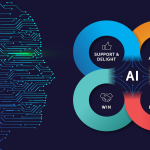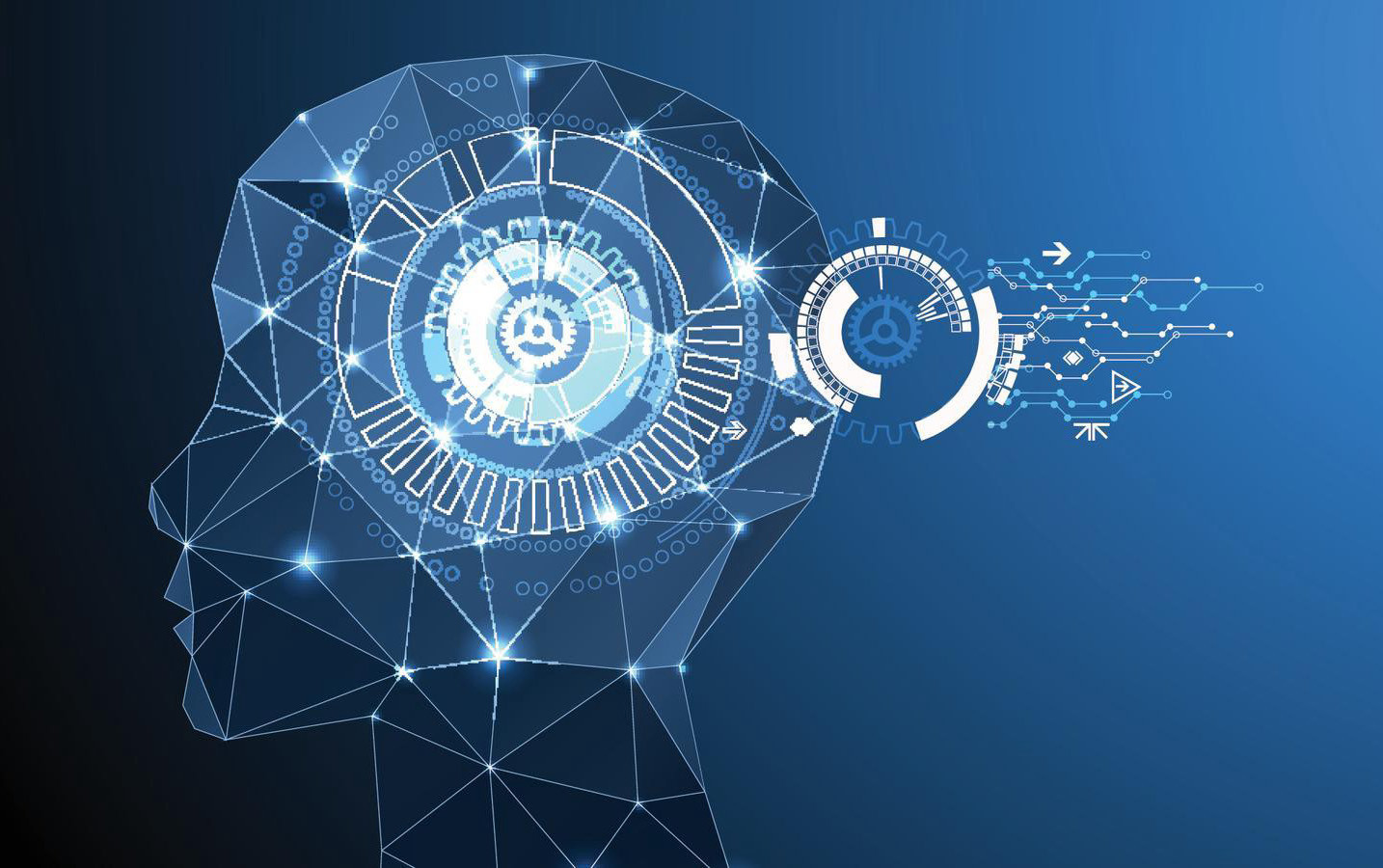In the ever-evolving landscape of machine learning, the issue of bias and discrimination has emerged as a critical concern. As artificial intelligence systems become increasingly integrated into our daily lives, it is imperative that we address and mitigate biases that can perpetuate discrimination. In this blog post, we will explore the challenges posed by bias in machine learning and discuss strategies to navigate this complex terrain.
Understanding Bias in Machine Learning

Bias in machine learning refers to the presence of systematic and unfair discrimination in the algorithms and models used to make decisions. These biases can stem from various sources, including biased training data, biased algorithms, or biased human decision-making in the development process. When left unaddressed, these biases can have significant real-world consequences, affecting everything from job applications to criminal justice decisions.
One of the key challenges in addressing bias is that it often lurks beneath the surface, making it difficult to detect. Biased algorithms can lead to disparities in outcomes for different demographic groups, perpetuating historical inequalities and reinforcing harmful stereotypes.
Sources of Bias
Data Bias
Data bias occurs when the training data used to develop a machine learning model is not representative of the real-world population it is meant to serve. For example, if a facial recognition system is trained primarily on images of lighter-skinned individuals, it may perform poorly on darker-skinned individuals, leading to unfair discrimination. To mitigate data bias, it is crucial to collect diverse and representative data and to carefully curate and preprocess the data to remove any inherent biases.
Algorithmic Bias
Algorithmic bias can arise from the design of machine learning algorithms themselves. Some algorithms may inadvertently prioritize certain groups over others, leading to biased outcomes. It is essential to assess and evaluate the algorithms used in machine learning systems to identify and rectify any biases. This may involve adjusting the algorithm’s parameters, using alternative algorithms, or implementing fairness-aware techniques.
Mitigating Bias in Machine Learning

Addressing bias in machine learning is an ongoing process that requires a combination of technical, ethical, and regulatory measures. Here are some strategies to navigate bias and discrimination effectively:
1. Diverse and Inclusive Teams
Building diverse and inclusive teams of data scientists, engineers, and domain experts can help uncover and mitigate biases more effectively. Different perspectives can lead to a better understanding of potential biases and their impact on different communities.
2. Ethical Guidelines and Documentation
Develop and adhere to clear ethical guidelines for machine learning projects. Document decisions made throughout the development process to promote transparency and accountability. This documentation can be valuable in identifying and addressing bias in later stages.
3. Fairness Audits
Conduct fairness audits of machine learning models to assess their performance across different demographic groups. Identify and rectify any disparities in outcomes, and ensure that the models are not reinforcing existing biases.
4. Bias Mitigation Techniques
Explore bias mitigation techniques such as re-sampling, re-weighting, and adversarial training to reduce bias in both the data and the algorithms. These techniques can help make machine learning models more equitable.
5. Regular Monitoring and Iteration
Machine learning models should be continuously monitored and updated to account for changing data distributions and evolving biases. Regular iteration and improvement are essential to ensure that models remain fair and unbiased over time.
Navigating bias and discrimination in machine learning is an ongoing challenge that requires a multifaceted approach. By understanding the sources of bias, implementing mitigation strategies, and promoting diversity and inclusion in the development process, we can work towards creating fairer and more equitable AI systems. As the field of machine learning continues to advance, it is our responsibility to ensure that these technologies benefit all of humanity, free from the shadows of bias and discrimination.






